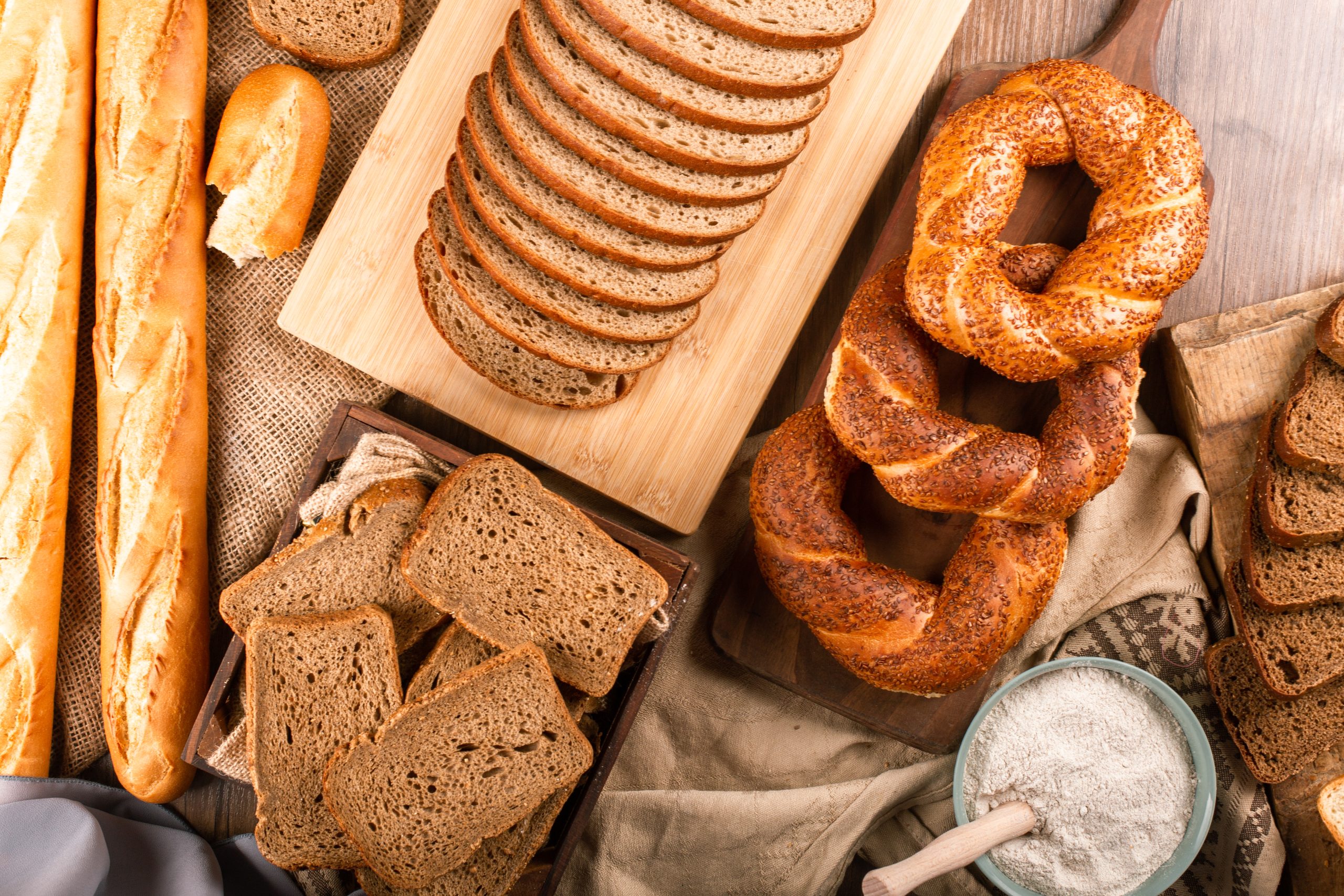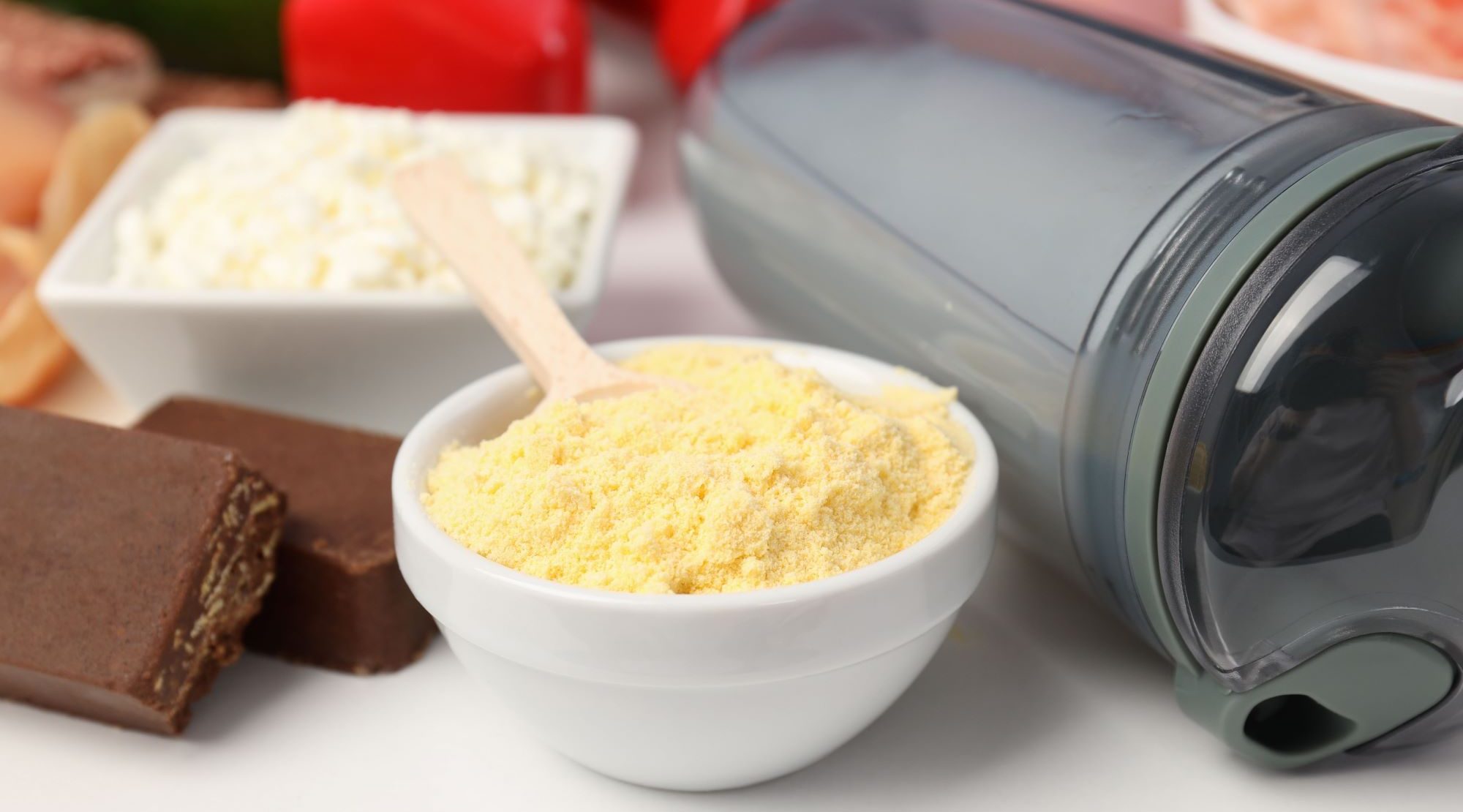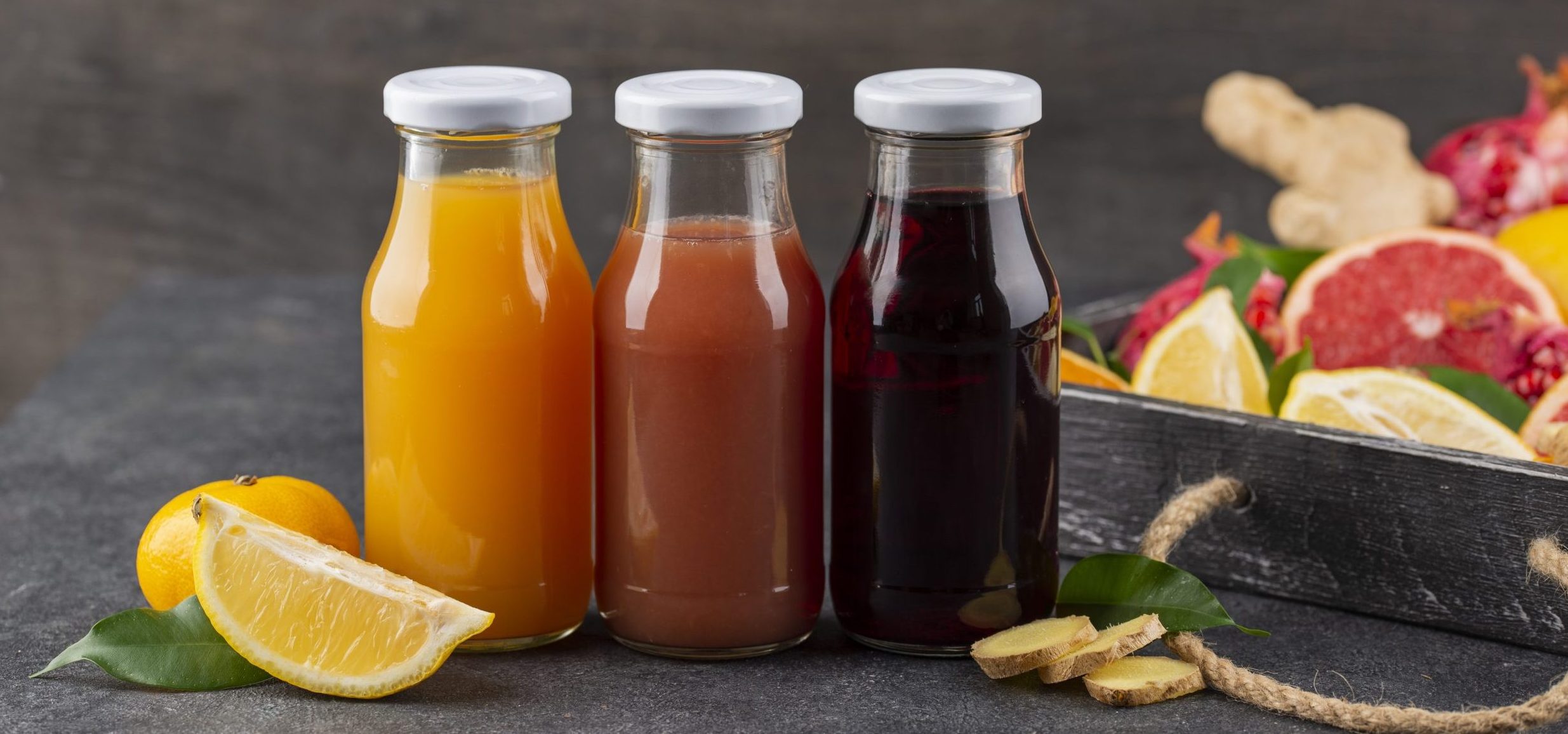Yeast Extract as a Potential Salt Substitute
Demand for convenience foods has increased as consumer lifestyles become busier and more hectic, and they increasingly seek for a quick and easy meal replacement13. According to a survey conducted by Innova Market Insight (2020), over one in four consumers preferred to eat snacks instead of full meals2. This has eventually raised the demand for snacking products that are rich in protein and packed with flavour6.

The global meat snack market value in the retail sector was estimated at over €13 billion in 2022 and the forecast shows that that number will rise to €15 billion in 2024 (Figure 1)6. Meat snacks are a type of convenient food product that is processed from different animal sources such as beef and turkey. They are available in ready-to-eat formats such as jerky, stick, sausage, and bars9. Meat snacks are also an excellent source of protein and other nutrients such as minerals and vitamins6. According to an online survey conducted by Alarcón-García et al. (2021)1, it showed that consumers opt for meat snacks due to their high protein content. Another factor that meat snacks have to offer is their small and innovative on-the-go or easy-to-carry packages, making them convenient and easy to eat5.
Cutting Back on Salt Intake
Salt is the most commonly added ingredient in processed meat because it is beneficial for enhancing the quality of the products2. Salt contains high amounts of sodium2 which is essential for the maintenance of cellular membranes and the absorption of nutrients in the small intestine8. Furthermore, it maintains a proper water balance in our body by constantly adjusting the fluid and blood levels8. However, excessive sodium intake poses a significant risk to human health such as high blood pressure which is associated with cardiovascular disease and stroke2.
The World Health Organization recommends a sodium intake of 2 g/day (Na) equivalent to 5 g/day of salt (NaCl) as a safe and adequate dose for the adult and children population12.

Since snacking is becoming a more personalised dietary trend, consumers have a variety of attitudes and goals, ranging from wellness and health concerns4. Thereby, the general concern pertaining to sodium intake has led to the development of methods by manufacturers to reduce the amount of salt added to meat products10.
The Savoury Side of Yeast
Flavour enhancers have been used for close to a century to substitute salt fully or partially in meat products2. One that can effectively substitute the beneficial effects of salt and enhance the savoury taste is yeast extract11. Yeast extract is a natural ingredient derived from the digestion of yeast cells or known as the natural source of volatile compounds that serves as precursors to a compound formation. Hence, it provides pleasurable tastes and aromas in meat products3.
Incorporation of yeast extract into a formulation can also rebuild the savoury flavour through amino acids which contribute to the umami flavour and allows a consumer to experience a positive reaction and perception of the product taste, without the need of adding more salt7.
Studies also supported that yeast extract extends the perception of salty taste and can reduce the sodium content in the final product by 40%11 and give acceptable sensory qualities in terms of aroma, taste, and texture3.
Conclusion
Natural ingredients are now highly sought after due to their health benefits2. Therefore, identifying natural ingredients as a salt substitute can reduce high amounts of salt in the formulation, and thereby support a balanced diet and health. At DPO International, we are honoured to be in partnership with Halcyon Proteins to bring you a range of ingredient choices that will elevate the quality of your meat products.
References
1Alarcón-García, M. A., Perez-Alvarez, J. A., López-Vargas, J. H., Pagán-Moreno, M. J. (2021). Meat Snacks Consumption: Aspects That the Consumer Looks for to Consider Them a Healthy Food. Proceedings, 70 (1), 82. https://doi.org/10.3390/foods_2020-07738
2Aprilia, G. H. S., & Kim, H. S. (2022). Development of strategies to manufacture low-salt meat products – a review. Journal of Animal Science and Technology, 64(2), 218-234. https://doi.org/10.5187/jast.2022.e16
3Campagnol, P. C. B., dos Santos, B. A., Wagner, R., Terra, N. N., & Pollonio, M. A. R. (2011). The effect of yeast extract addition on quality of fermented sausages at low NaCl content. Meat Science, 87(3), 290–298.
4Cargill. (2021). Snacking Shifts: Seismic Movements in the Snack Category. Insight Report.
5Coherent Market Insights. (2022). Meat Snacks Market, By Meat (Chicken, Beef, Seafood, Others), By Products type (Jerky, Ham Sausages, Meat Sticks, Others), By Flavor (Peppered, Original, Teriyaki, Others), and By Distribution Channels (Convenience Stores, Hypermarket, Supermarket, Others) – Global Industry Insights, Trends, Outlook, and Opportunity Analysis, 2022-2028. Industry Report.
6Essentia. (2021). Meat snack trend gains momentum. Retrieved from Meat snack trend gains momentum (essentiaproteins.com)
7Food Processing. (2021). Who Needs Salt? Retrieved from https://www.foodprocessing.com/product-development/rd/article/11361529/who-needs-salt
8Kloss, L., Meyer, J. D., Graeve, L., & Vetter, W. (2015). Sodium intake and its reduction by food reformulation in the European Union — A review. NFS Journal, 1, 9-19. https://doi.org/10.1016/j.nfs.2015.03.001
9Mordor Intelligence. (2021). Meat Snacks Market – Growth, Trends, Covid-19 Impact, And Forecasts (2022 – 2027). Industry Report.
10Pietrasik, Z., & Gaudette, N. J. (2014). The impact of salt replacers and flavor enhancer on the processing characteristics and consumer acceptance of restructured cooked hams. Meat Science, 96(3), 1165e1170. https://doi.org/10.1016/j.meatsci.2013.11.005
11Rodrigues, F. M., Rosenthal, A., Tiburski, J. H., & Cruz, A. G. da. (2015). Alternatives to reduce sodium in processed foods and the potential of high pressure technology. Food Science and Technology, 36(1), 1-8. https://doi.org/10.1590/1678-457x.6833
12WHO. (2012). Guideline sodium intake for adults and children sodium intake for adults and children. Geneva: World Health Organisation. Retrieved from https://apps.who.int/iris/bitstream/handle/10665/77985/9789241504836_eng.pdf
13Zdanowska-Sąsiadek, Ż., Marchewka, J., Horbańczuk, J. O., Wierzbicka, A., Lipińska, P., Jóźwik, A., Atanasov, A. G., Huminiecki, Ł., Sieroń, A., Sieroń, K., Strzałkowska, N., Stelmasiak, A., De Smet, S., Van Hecke, T., & Hoffman, L. C. (2018). Nutrients Composition in Fit Snacks Made from Ostrich, Beef and Chicken Dried Meat. Molecules (Basel, Switzerland), 23(6), 1267. https://doi.org/10.3390/molecules23061267







